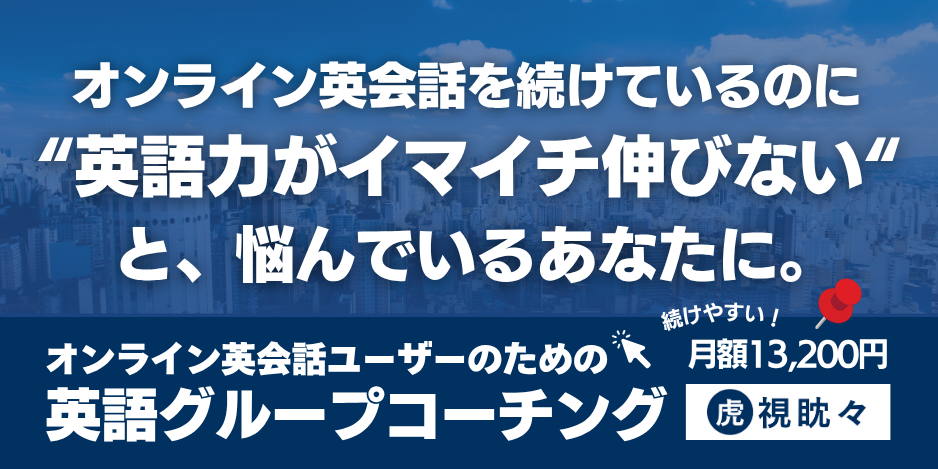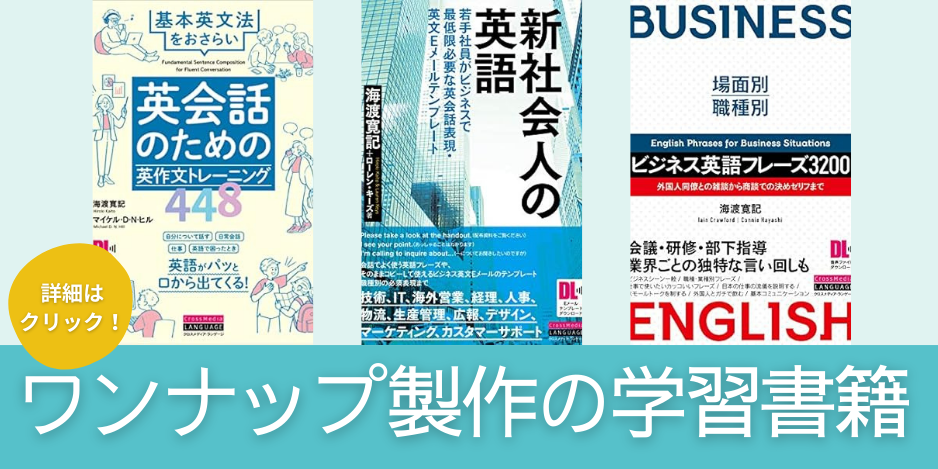
Something interesting that struck me in my time in Japan is how different the fashions have been and still are. Of course, living in a metropolitan city usually means people are wearing a diverse range of styles and carrying themselves in different ways. That being said, I can’t help but think about past styles which I have been a part of and either seem to be absent in Japan or have taken on a completely different meaning.
The place I grew up had young people interested in a more hip-hop inspired style of clothing. We all wore very baggy clothes and did our best to move confidently in them. The only time we weren’t wearing such clothes would be when we would play basketball at a local park. However, our basketball shoes were often our daily shoes as well. It was as though we were always ready to suddenly play basketball even if we were not wearing clothes in which we could easily move in.
It’s a bit strange to say but at that time it wasn’t just fashion brands that made clothes. In that era, there was at least one soft drink company that was putting out its own line of clothes. I owned some of their items myself. My favorite was a pair of very baggy pants with long pockets that were flush with the pant legs on each side. Inside was a pocket that was the perfect size to fit a 700ml-sized bottle of their delicious drinks. Now, as an adult, I am impressed with the power and influence money can have on young minds.
When I look at baggy clothes in Japan in the last few decades, it’s clear that, though the items can be similar at times, the overall desired look is completely different. Baggy clothes in Japan, and in the rest of Asia, seem to emphasize the person’s diminutive size. This appeals to people as it shows that the person is very slim, light, young or all of the above. None of those things might be true, but with clothes that are baggy enough it is certainly possible to appear that way.
Baggy clothes are not so popular anymore in California, where I’m from, but when they were the intent was very different. Wearing baggy clothes increased your overall size and this was important in a neighborhood where appearing strong and capable was important. Wearing baggy clothes was also tied to a culture of necessity. Buying baggy clothes meant that your family didn’t have to buy you clothes as often because you could grow into them as you aged. Also, it might have meant that the clothes belonged to an older sibling and that you were now wearing their clothes so your family could save more money.
The idea that fashion was based on a lack of money sounds like a negative situation but it was actually quite positive. Even people who had no financial problems in their family always asked their parents to buy them ill-fitting clothes. They wanted to belong to a respectable culture. Having enough money to dress with well fitting clothes meant that you were an outsider. Even very wealthy basketball players wore very baggy suits in those days in order to appeal to the culture most people respected, a culture of being practical but creative with the limits in place. I think those types of cultures will always be respected in America regardless of what form they take.
Ivan
Vocabulary
absent (adj.) - not present at all or not existing
baggy (adj.) ? very loose or not tight
flush (adj.) - even or level with another surface
diminutive (adj.) ? very small
necessity (n) ? something that is necessary; a need
ill-fitting (adj.) - of the wrong size or shape (ex: clothing or accessories) for the person wearing them
英語学習をフルサポート!
マンツーマン&コーチングの英会話教室
























